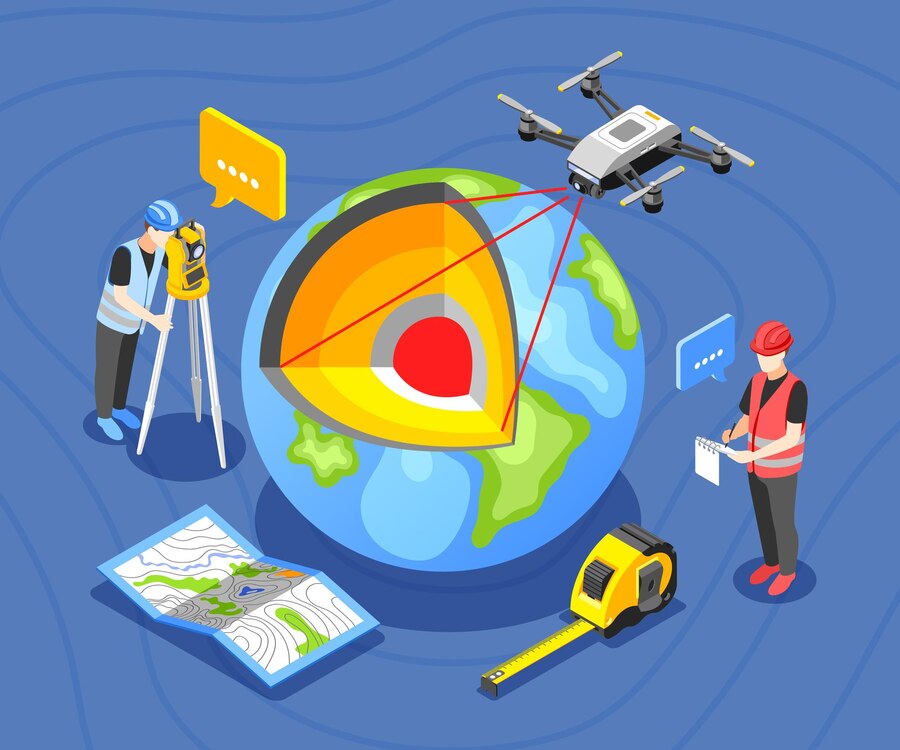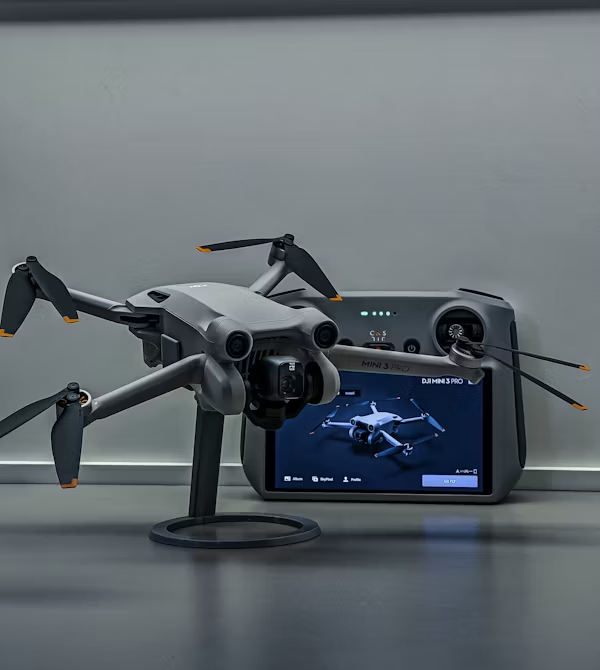Top Satellite Industry Trends Shaping the Future
The satellite industry is rapidly evolving as we head deeper into 2025, driven by innovations that are redefining the way we connect, observe, and operate in space. One of the most impactful developments is the rise of small satellites, especially in low-earth orbit (LEO). These miniaturized satellites offer cost-effective solutions for various applications, including Earth observation, remote sensing, and global broadband. With companies launching massive LEO constellations, satellite-based internet is becoming more accessible, even in the most remote regions, closing the digital divide.
Another key trend is the growing focus on in-orbit services such as satellite refueling, repair, and even debris removal. As space becomes more crowded, sustainable operations are critical. In-orbit manufacturing is also emerging, where components and even entire structures can be built or assembled directly in space. These services not only extend satellite lifespans but also pave the way for more complex and long-term space missions, including those to the Moon and Mars. Artificial intelligence is playing a vital role in revolutionizing satellite operations. AI-powered satellites can now perform autonomous decision-making, dynamic reconfiguration, and predictive maintenance. These capabilities allow satellites to adapt to changing mission needs or environmental conditions in real-time. Combined with advancements in communication systems and miniaturized hardware, the satellite sector is moving towards a more agile, responsive, and interconnected space infrastructure. The result is a smarter, more resilient network that supports everything from weather forecasting to national security and global connectivity.
.png)






Leave a Comment
Your email address will not be published. Required fields are marked *